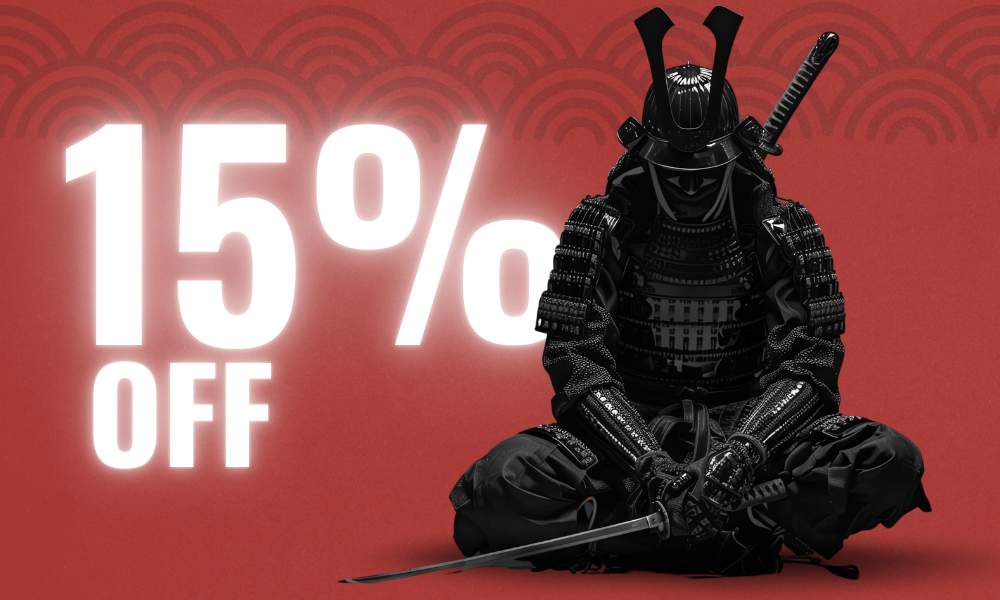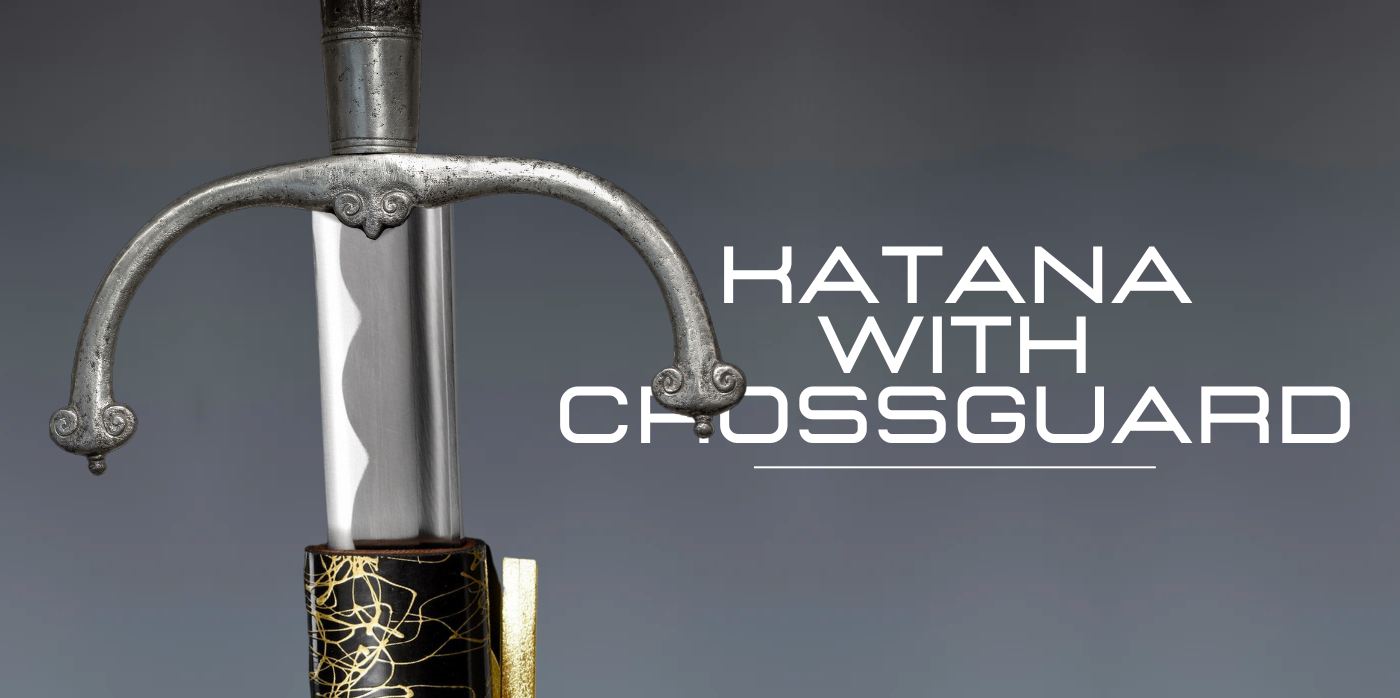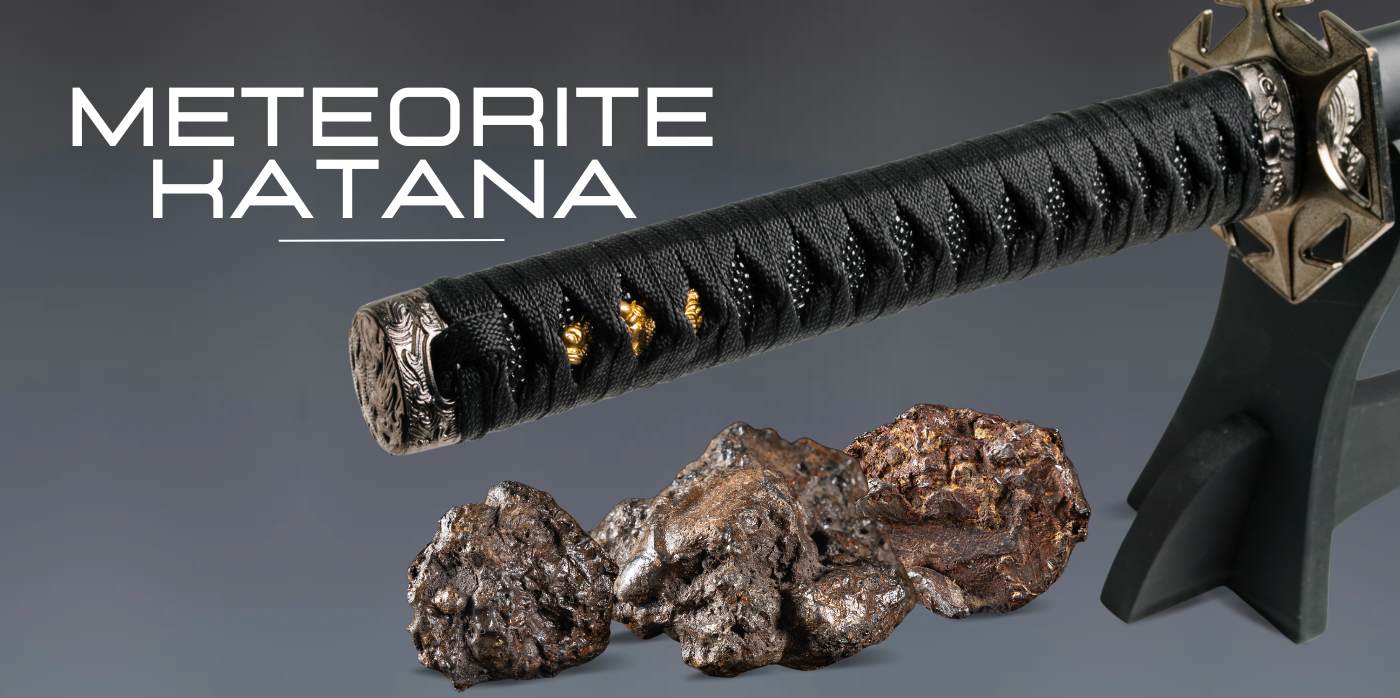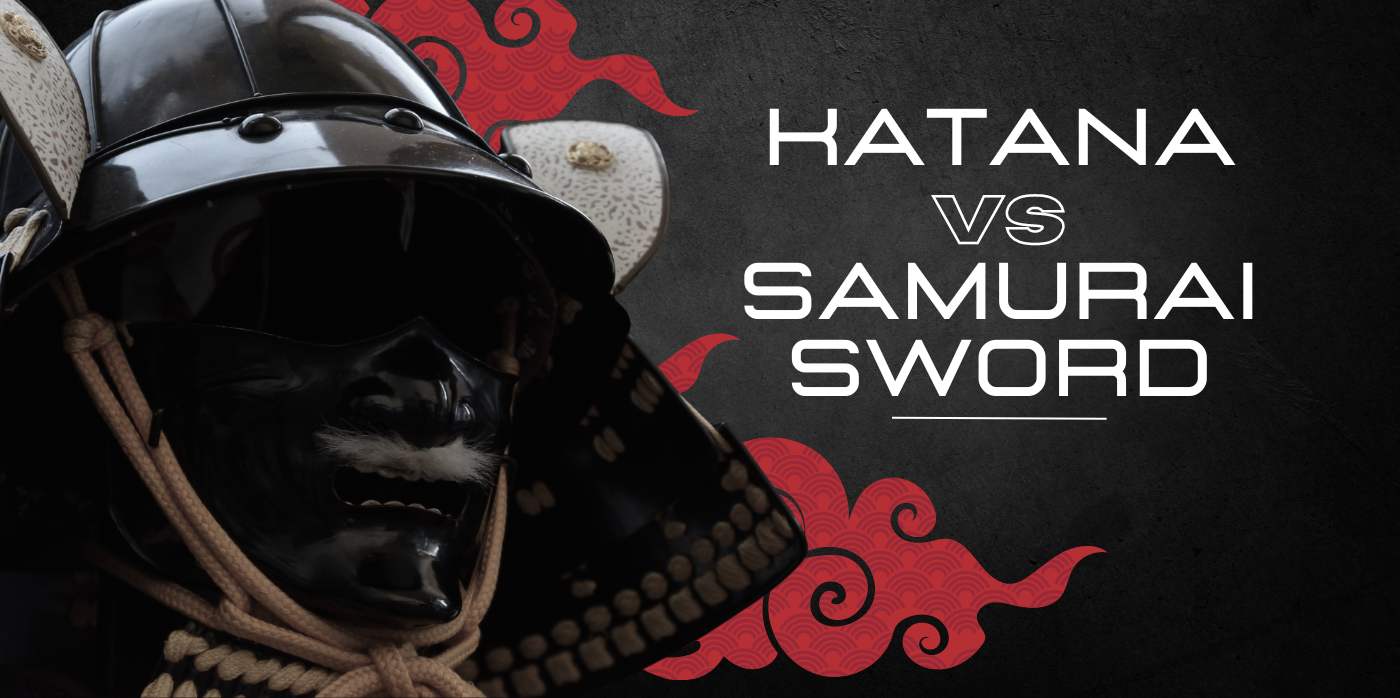What is a crossguard
A crossguard is a component of the hilt of a sword, placed transversely to the blade. It serves multiple purposes, primarily to protect the wielder's hand from sliding onto the blade during combat, especially if the opposing blade slides down towards the hilt during a clash. Secondly, it can prevent the opponent's blade from reaching the user's hand, offering a defensive barrier. Additionally, the crossguard can be used offensively in certain sword fighting techniques, allowing for the trapping or manipulation of an opponent's blade.
Crossguards vary greatly in design, size, and material, reflecting the sword's origin, era, and the specific martial needs it was designed to meet. From the simple straight bars seen in early medieval swords to the elaborate, sculpted guards of Renaissance rapiers and beyond, the crossguard is a crucial component in the balance and functionality of a sword, as well as a key element of its aesthetic appeal.
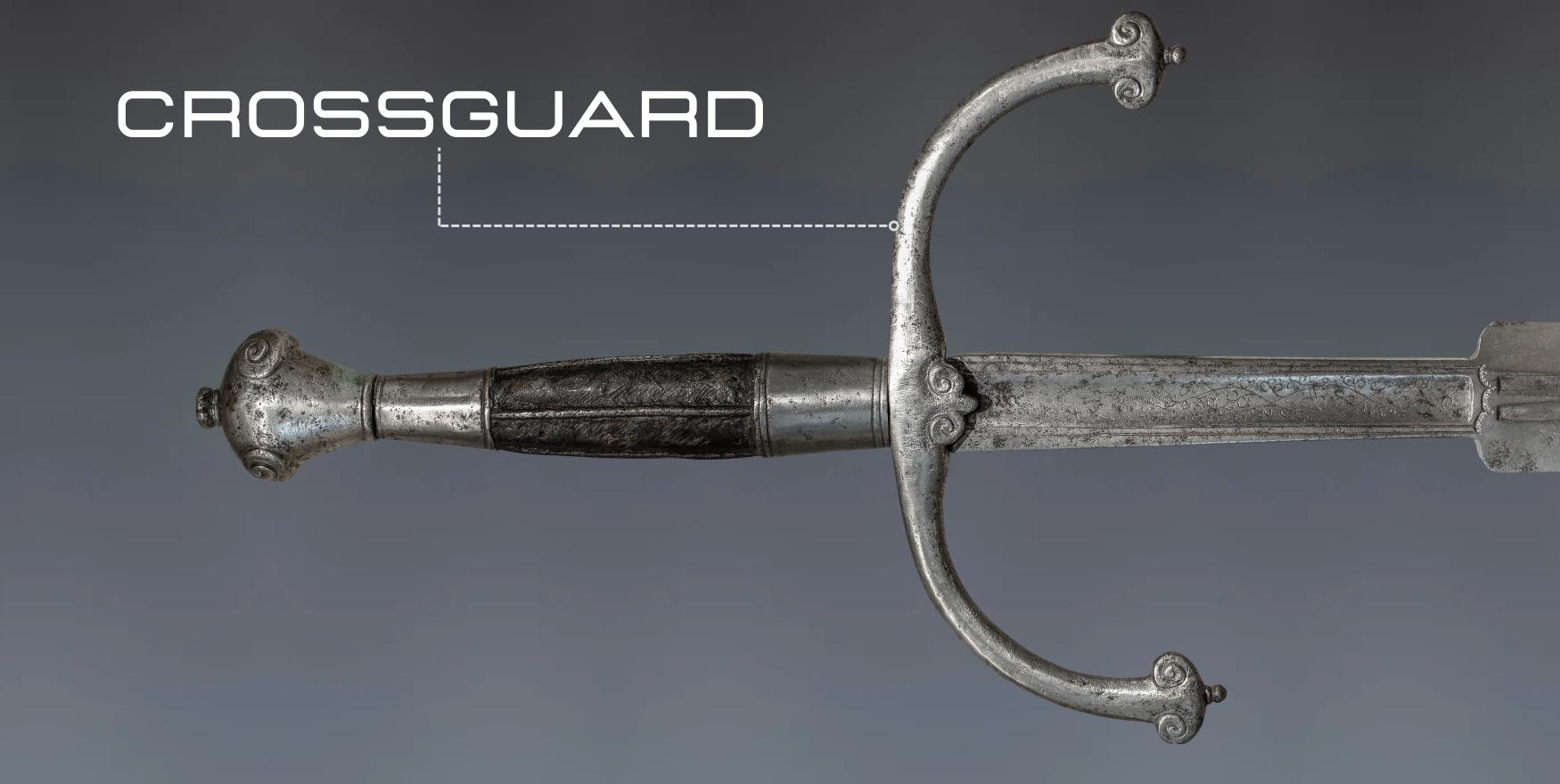
Do katanas have crossguard
Yes, katanas do have a form of crossguard, known as a tsuba. The tsuba serves similar protective functions as the crossguards on Western swords, primarily to protect the wielder's hand from enemy blades and prevent the hand from sliding onto the katana's sharp edge. Unlike the typically straight crossguards of European swords, tsuba are often circular or slightly oval in shape, and they can be highly ornate, featuring intricate designs, carvings, and inlays that reflect Japanese aesthetics and craftsmanship.
Tsuba are not only functional but also highly artistic components of the katana, with some becoming valuable collectibles in their own right. They are made from various materials, including iron, steel, bronze, and sometimes precious metals, and can be adorned with themes from nature, history, or mythology. The design and detail of a tsuba can also signify the status and taste of the samurai who wielded the katana.
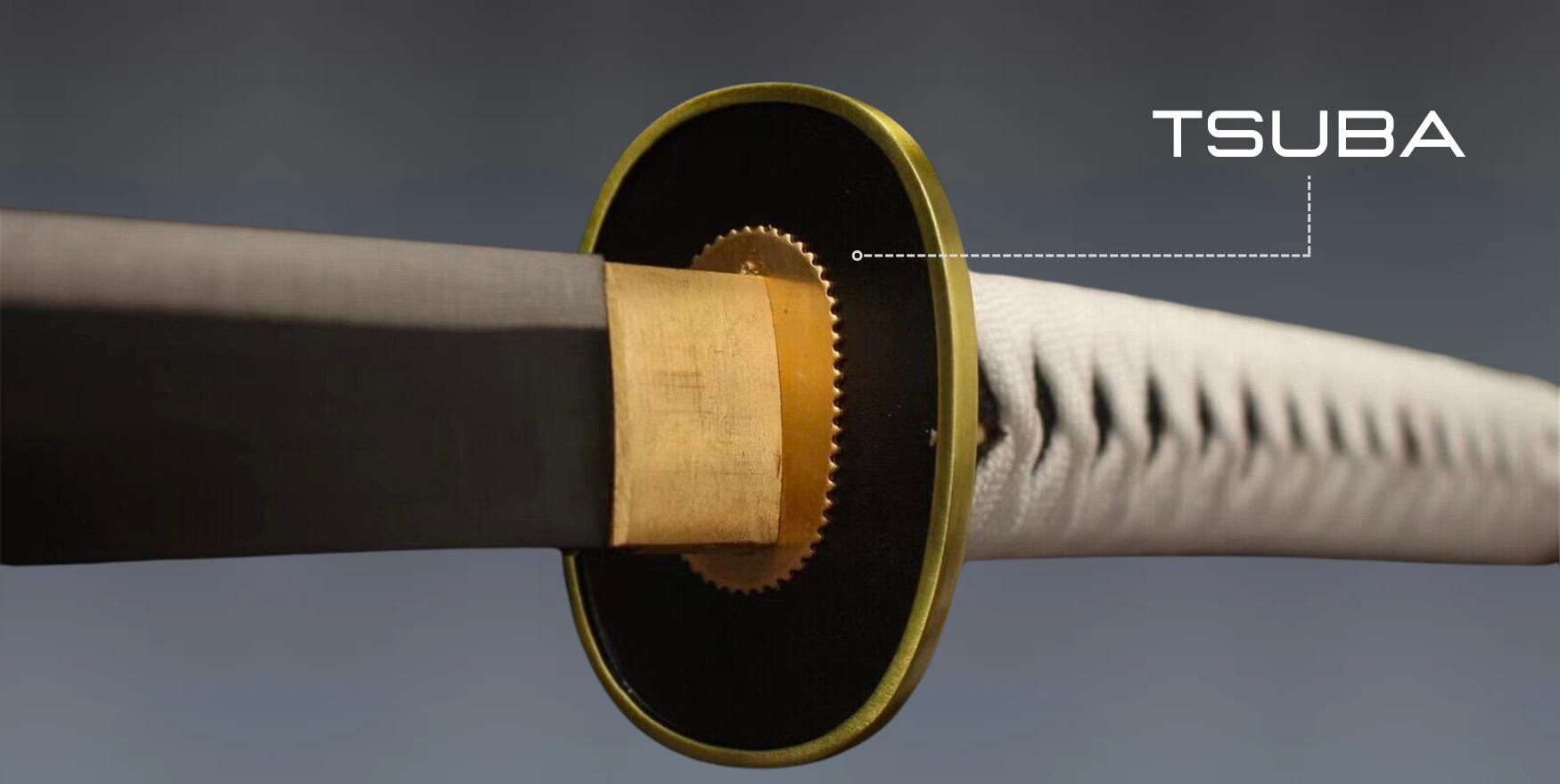
Differences Between Katana Tsuba and Medieval Sword Crossguard
The crossguard of a katana (tsuba) and the crossguard of a medieval European sword serve similar protective purposes but differ significantly in design, materials, cultural significance, and functionality. Here are the main differences between them:
Design and Shape
- Katana (Tsuba): Tsuba are usually round or oval and can include intricate designs and cutouts. The aesthetic of the tsuba is highly valued, often reflecting the artistry and cultural aspects of Japan. Tsuba designs can be elaborate, featuring scenes from nature, mythology, or historical events.
- Medieval Sword: Crossguards of medieval swords typically have a simpler, straight or quillon design that extends horizontally from the blade to prevent the wielder's hand from sliding onto the blade during thrusts. The design was primarily functional, with less emphasis on ornamentation compared to tsuba.
Materials
- Katana (Tsuba): They are made from various materials, including iron, steel, copper, brass, silver, and sometimes gold. Artisans decorated tsuba with gold and silver inlay, highlighting their decorative purpose as well as their utility.
- Medieval Sword: Crossguards were usually made from the same metal as the sword blade, often iron or steel. While there were decorative elements in higher-quality swords, the material choice was typically for durability and function.
Functionality
- Katana (Tsuba): Beyond protecting the hand, the tsuba also helps balance the sword and facilitates certain techniques that involve gripping the guard or using it to aid in non-lethal strikes.
- Medieval Sword: The crossguard protected the hand from sliding and enemy strikes. It could also be used offensively to punch or hook an opponent's weapon or armor in close combat.
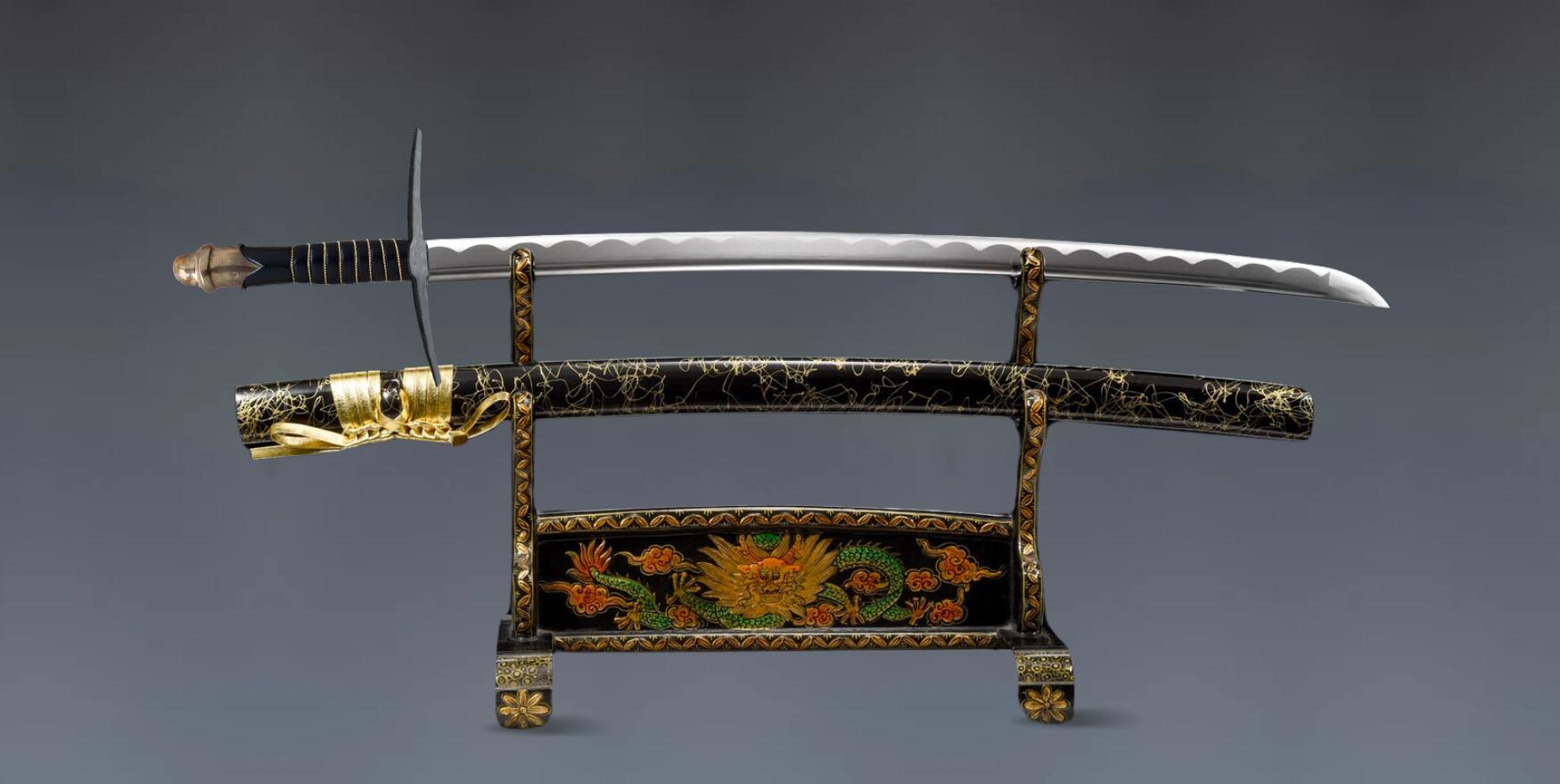
In summary, while both the katana's tsuba and the medieval sword's crossguard share the fundamental purpose of protecting the user's hand, their differences in design, materials, cultural significance, and functionality reflect the distinct martial traditions and aesthetic values of their respective cultures.


